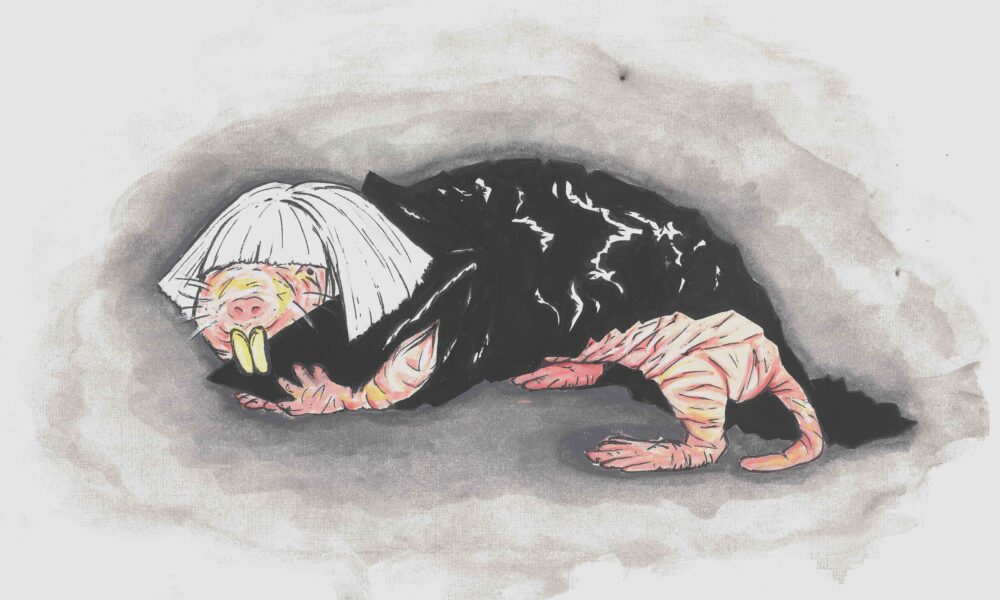A recent study published in Nature dived into the behavioural patterns of the naked mole rat. The 18-year study was led by Salamander Zizek, a professor in the Department of Biology at McLung University.
As with all of Zizek’s work, the paper generated a fair amount of excitement in the scientific community. Much of Zizek’s associated infamy comes from a previous failed project, where he tested the vocal range of the lyre bird by teaching them a variety of Western music hits, ranging from religious canticles to 2000s pop classics such as “Baby One More Time.” The birds remain in conservatorship for their own personal safety to this day.
Despite the controversy, Zizek was able to fund his work by piggybacking on previous findings which found that mole rats are resistant to many varieties of cancer. The funding was bestowed both by McGill and a selection of private donors including world-renowned immunologist, Dr. Bro Jogan.
Zizek sat down for an interview with The McGill Tribune alongside his pet mole rat Stuart. As the interview progressed, Stuart began periodically nibbling on Zizek’s ear lobe while emitting soft squeals of delight. I began by asking him to describe the evolution of his project.
“Overall, it was simply fascinating observing the behaviour of the naked mole rat,” Zizek said. “Of course as any project does, we ran into some initial snags that delayed the project, but I was lucky enough to have a wonderful team which I worked with to solve the underlying issues [….] After some promising initial findings, we were able to get our party—I mean, project—back on track.”
After realizing that his team was struggling to handle the naked mole rats due to their sheer ugliness, Zizek implemented a mandatory minimum blood alcohol concentration of 0.03 per cent for researchers. The team, having overcome this one small hurdle, quickly scrambled to resolve the other issues clouding the project.
A flurry of discoveries followed, including that naked mole rats are much more at home in an environment containing Dolby surround-sound speakers and a full-size pool table.
Although the reception of the paper was predominantly positive, there were many fair criticisms levied against Zizek’s work. They felt that the paper was but a collection of pseudoscientific jargon that failed to contain any meaningful information. I must confess that I, too, was unable to pinpoint exactly what the study was about, although I chalked it up to my own lack of knowledge in the field. This confirmed my suspicion that Zizek was indeed an international man of mystery.
Within Zizek’s own team there also appears to be a small subset of dissidents. An anonymous graduate student, who wished to withhold her name out of severe mortification, told me about their experience working in the mole rat lab.
“When I first began working on the project, I was excited to do important scientific work,” the anonymous informant said. “When I first arrived, I started setting up my Excel spreadsheets, which is my favourite part of my job. Every time I copy and paste information into a spreadsheet I feel like I made the world a slightly better place.”
Their experience has disillusioned them from scientific work and academia at large.
“Another researcher saw my spreadsheets and quickly turned off my computer, explaining to me that my laptop was vibing poorly with his electromagnetic sensitivity syndrome,” they said. “I really think that the project has potential, but part of me worries that our work will be like 90 per cent of everything else that’s published—entirely useless and unlikely to be replicated.”
The situation is not entirely bleak for Zizek and his team. Only time will tell whether Zizek has added yet more meaningless gibberish to the overcrowded sphere we call knowledge, or if he has made a genuine important scientific discovery. Only time will tell.









